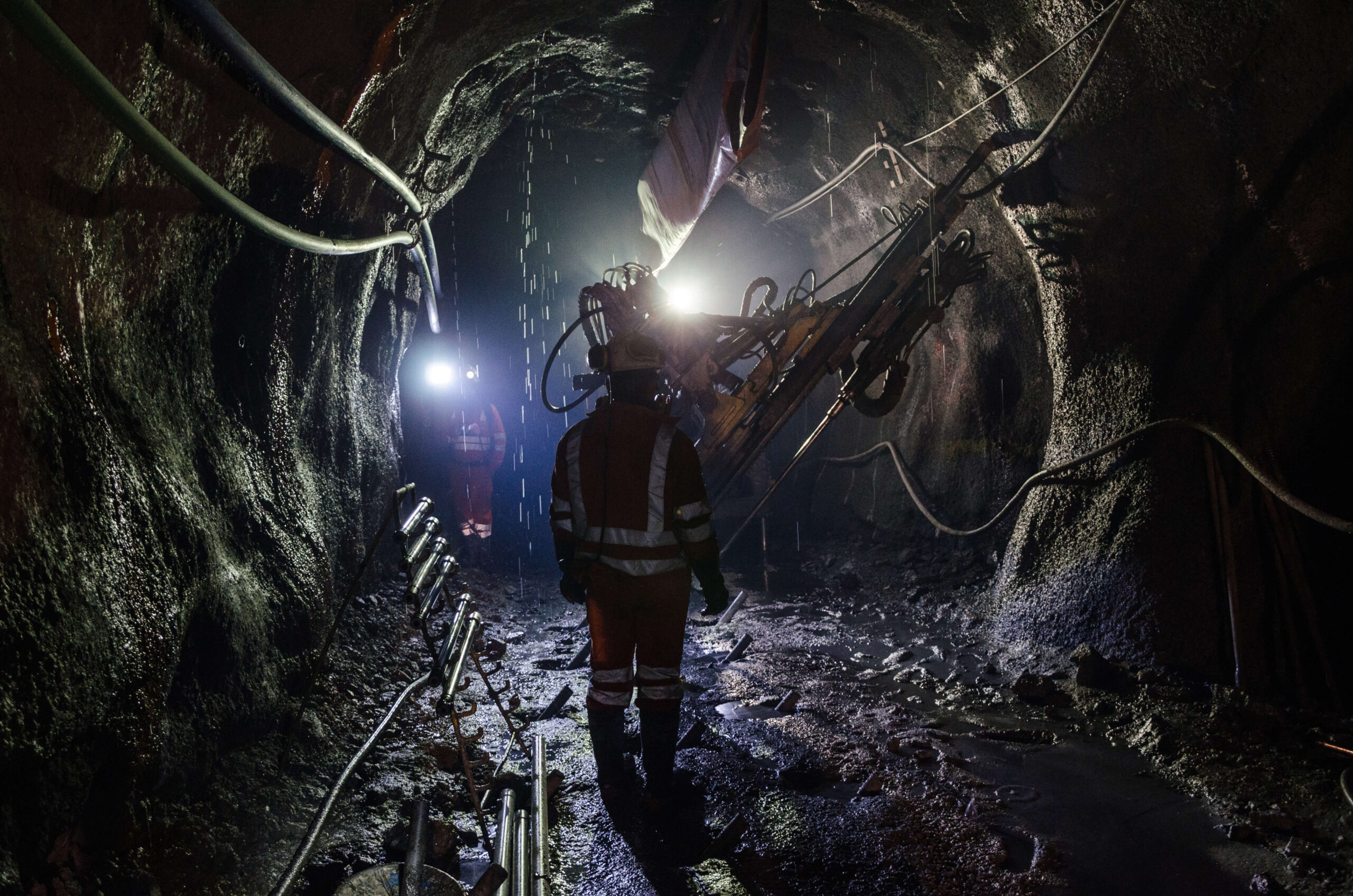A contentious issue during the recent presidential campaign was the Trump administration’s handling of the COVID-19 pandemic. No matter where one fell along the spectrum of supporters and critics, there was no denying the wide gulf of positions on the topic.
That gulf was clearly evident in the months-long dispute over the extent to which the Mine Safety and Health Administration (MSHA) and Occupational Safety and Health Administration (OSHA) should involve themselves in implementing COVID-19 safety protections and guidelines in the workplace. Against Democratic and labor demands for the adoption of an emergency temporary standard to control the spread of COVID-19 in the workplace, MSHA and OSHA instead relied on existing standards and the posting of safety and health best practices based on recommendations from the U.S. Centers for Disease Control and Prevention.
While legislative action and lawsuits were unsuccessful in altering the agencies’ opposition to an emergency temporary standard, that opposition is probably about to change.
Emergency Temporary Standard
Based on a review of the Biden campaign’s worker protection platform, it is fairly clear that MSHA’s and OSHA’s position on a COVID-19 emergency temporary standard will undergo a dramatic transformation when the new administration takes office on January 20, 2021. That platform specifically pledges the Biden administration “will immediately issue an emergency temporary standard” as part of the new administration’s pandemic response program.
Although as of December 2020 there did not appear to be any specifics regarding what the emergency temporary standard would look like, four states—California, Michigan, Oregon, and Virginia—had already provided templates in the form of their own emergency temporary standards. It is likely that the MSHA and OSHA standards will borrow from those models.
With that in mind, it is anticipated that an MSHA or OSHA emergency temporary standard might contain some or all of the following requirements:
- Conducting a workplace exposure assessment
- Developing a written COVID-19 preparedness and response plan (which includes requirements for social distancing, masks, worker notice, and workplace sanitizing)
- Establishing guidelines for the use of personal protective equipment and/or engineering controls (when social distancing is not feasible)
- Implementing employee, contractor, and visitor screening procedures
- Conducting employee training regarding safe work procedures
- Submitting reports to MSHA/OSHA of positive exposures
What to Watch
Even though many mine operators and employers already have a number of these workplace practices in place, it will be important to follow the development of the emergency temporary standard closely.
For instance, to differing degrees, the state emergency standards establish a graduated scale of heightened requirements for jobs that fall into different levels of exposure. In Virginia, specifically, employers are required to classify each job task that can expose personnel to COVID-19 as “very high,” “high,” “medium,” or “lower” risk. The higher-risk classifications can add more onerous mandates, such as increased air handling and ventilation requirements.
Where particular tasks could fall into that scale in a future federal temporary standard could depend largely on an analysis of a variety of risk factors (e.g., number of employees and/or proximity of employees).
There is also a possibility that an MSHA or OSHA temporary standard might require employers to seek the input of the hourly workforce in the development of a COVID-19 mitigation program. The Oregon standard, for example, requires that employers solicit “participation and feedback” on the mandatory risk assessment and training.
It is possible that some of the anticipated requirements of any future emergency temporary standard may be modified as the national vaccination effort progresses. As we approach President-elect Joe Biden’s inauguration, it is likely that more detailed information will be fleshed out about the parameters of the emergency temporary standard. The early dissemination of that information will be designed to enable the new administration to hit the ground running, which will undoubtedly mean some very tight compliance deadlines.
Ogletree Deakins will continue to monitor and report on developments with respect to the COVID-19 pandemic and will post updates in the firm’s Coronavirus (COVID-19) Resource Center as additional information becomes available. Important information for employers is also available via the firm’s webinar and podcast programs.
A version of this article was previously published in Pit & Quarry magazine.







